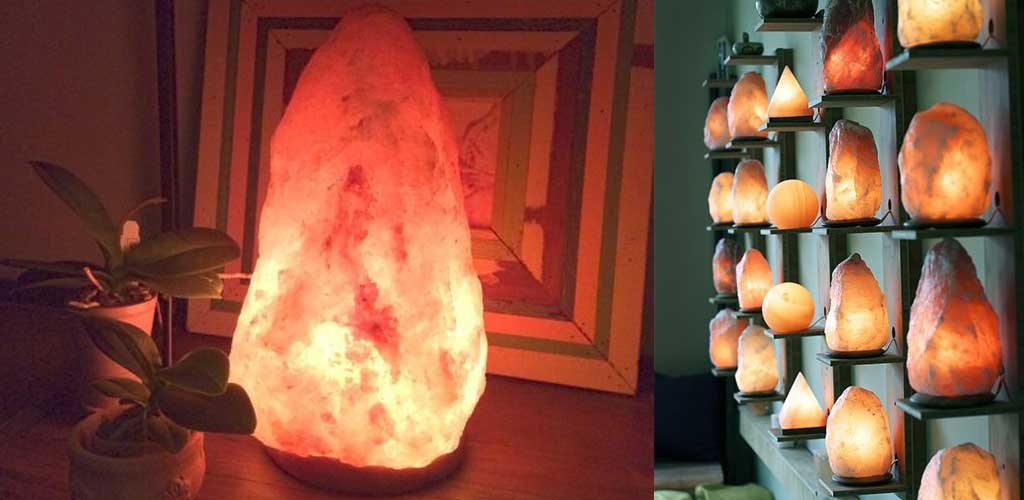Pilonidal cyst is acute purulent infection, and most often occurs in the area of the coccyx, between the gluteus. It is characterized by painful and inflammatory phenomena, and often purulent discharge.
![]() Pilonidal cyst is about 2 inches deep, and occurs in various forms. This may appear as a small opening in the skin, but it can also be a big problem if it occurs in the form of large painful mass. This type of disease is more common in men than in women, in the period of puberty, until 40 years of age. Also, often occurs in obese individuals with increased dlakavošću body.
Pilonidal cyst is about 2 inches deep, and occurs in various forms. This may appear as a small opening in the skin, but it can also be a big problem if it occurs in the form of large painful mass. This type of disease is more common in men than in women, in the period of puberty, until 40 years of age. Also, often occurs in obese individuals with increased dlakavošću body.
The causes of pilonidal cysts : Although there are still disagreements over the formation of pilonidal cysts, many doctors still believe that it is acquired, not innate. Pilonidal cyst usually occurs ingrowth of hair in the area, which is a foreign body in which the body reacts to inflammation. Pilonidal cyst usually occurs at puberty when the growth of hair and sebaceous gland activity increases.
Symptoms of pilonidal cysts : Symptoms of pilonidal cysts occur gradually, and the first symptom is usually discomfort when sitting. Followed by pain, redness in the area where there is a cyst and drainage of pus or blood often accompanied by unpleasant smells.
Treatment of pilonidal cysts
Pilonidal cyst treatment usually requires a surgical procedure, which includes local or general anesthesia. General anesthesia during surgery requires anesthetic use, and stay in the hospital for several days, while the local anesthesia enough to know that you are not allergic to the anesthetic, and that you have already received.
Surgery can last from 20 minutes up to several hours, depending on the state of pilonidal cysts, and in some patients, surgery is drainage.



